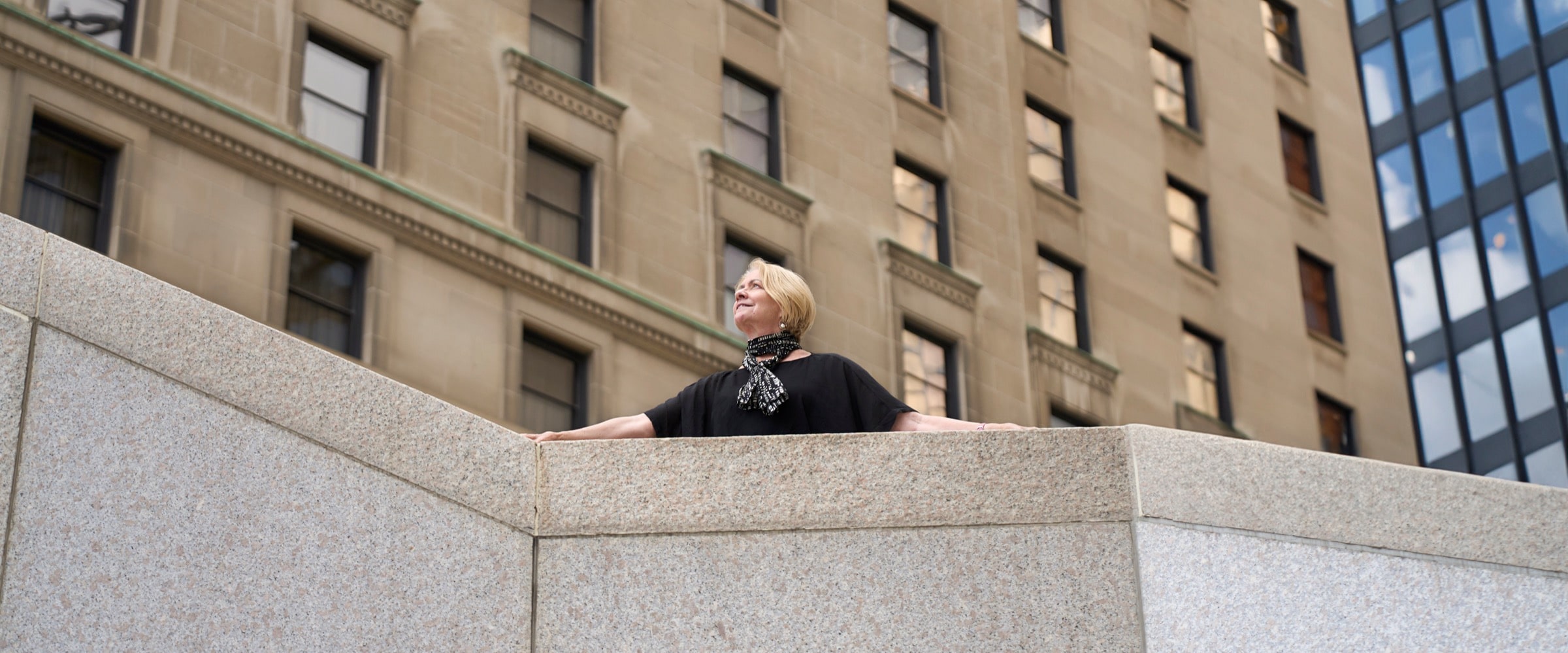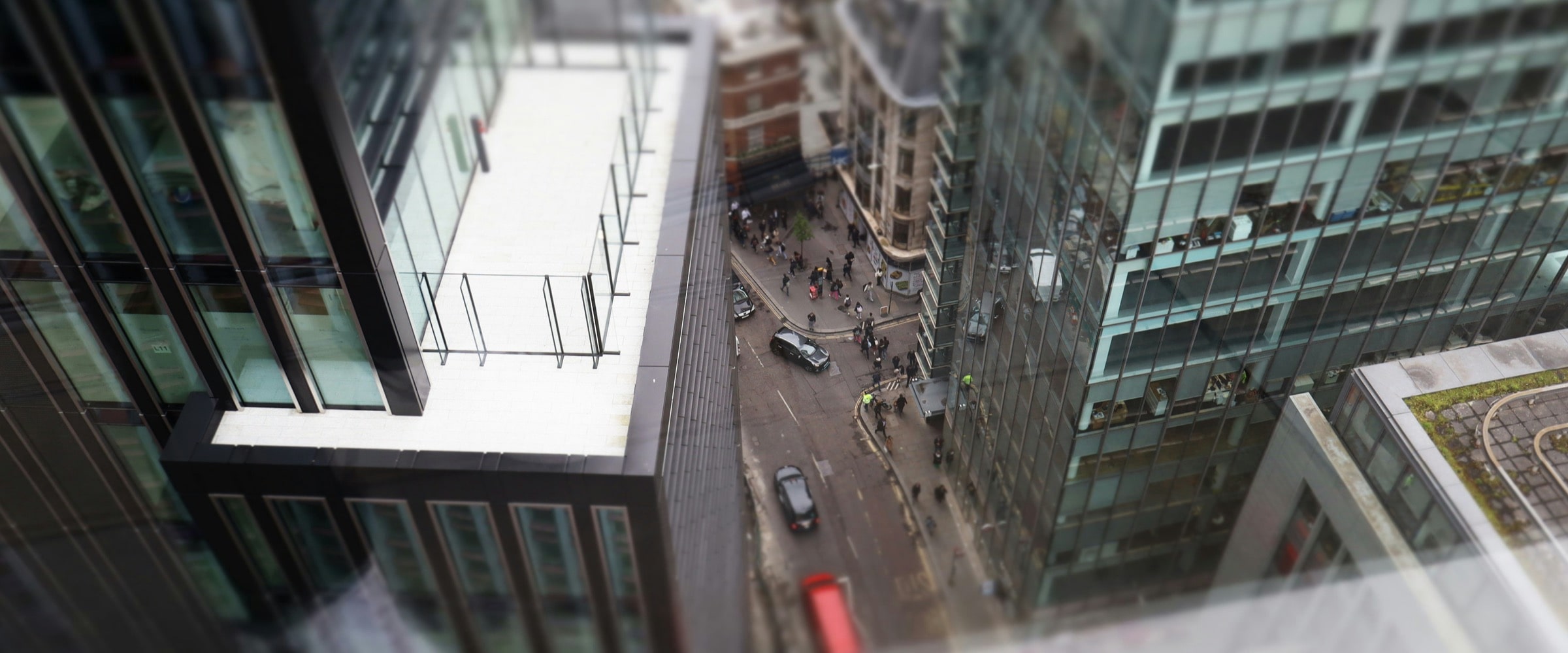What was the main focus in terms
of sustainability for Avison Young
Investment Management in 2023?
Across our portfolio, we continued to
refine our focus from simply achieving
‘scores’ to a more holistic focus on
decarbonization. Looking at asset-level
CapEx plans, we identified pathways and
priorities on the road to net zero. While
the approach varies by market, one
example of this in Germany is the addition
of smart metering and increased tenant
energy disclosures. We are working with
those tenants to prioritize these things
to achieve greater asset performance.
What were the main areas
of focus for your clients?
Throughout 2023, we heard from
our clients that their focus was on 1)
achieving greater granularity in their
risk screens and 2) data harmonization.
This is an industry-wide trend, especially
among plan sponsors with multiple
managers. These areas are well within
our team’s expertise and comfort zone
– making it very easy for us to step in to
support our clients on their journey.
Where did you see the opportunity
to make an impact?
One area we see as a big opportunity
is the introduction of renewable energy
sources and onsite renewable energy
production. We have set a target to
achieve 25% of energy consumption
across the portfolio from renewable
sources by 2030; 50% by 2040; 100%
renewable energy consumption by 2050.
Across our buildings, we’ve seen promising
implementation across some of our
properties. In North America, our team
is exploring renewable power purchase
agreements with local utility providers,
with a longer-term plan to investigate on-
site renewable options. In our European
buildings, we’re gaining momentum,
actively raising awareness and encouraging
the use of green energy during lease
negotiations whenever available. Several
tenants are pursuing on-site solar
generation to support their operations.
What are some of the
challenges you have faced?
Despite a few years of tough inflation
numbers and rising cap rates in most,
if not all markets, our assets are well
positioned to compete and to perform.
For the most part, our tenants are adapting
to more challenging business conditions,
and we are taking the opportunity to
build in greener tenant improvements
and upgraded base building systems.
The key challenge is of course
making all the math work. Thankfully,
retrofits of vacant space are much
easier than completing the same
work on occupied space.
What do you expect for
the year ahead?
Insurance costs are steeply increasing and
require more lead time and assistance
to ensure adequate coverage and
explain cost increases to tenants. These
increases have been far higher than
other operating expense items – so we
need a concerted focus on this area.
In 2025, we will also be completing the
Carbon Risk Real Estate Monitor (CRREM)
modelling for our European portfolio and
will be building a pathway to net zero
for our North American assets. looking
to increase data coverage from our U.S.
tenants. We expect to add additional
assets in Canada this year and are
targeting state-of-the-art green new
developments for our Canadian programs.
What is the level of optimism
for the months to come?
Challenging financial conditions have
created significant political headwinds
for advancing the green agenda. We,
along with most real estate professionals
recognize this is political expediency
and we must continue to engage our
employees, contractors, tenants, and
financial partners in understanding that
doing the right thing is less expensive
in the long run and prevents functional
obsolescence risks that could aggravate
already difficult tenant, financing, and
insurance markets. Industry leaders
are stepping up political pressure and
are speaking out to resist backsliding.
After attending ULI’s European meeting
in Milan, I felt uplifted by case studies,
testimonials and inspirational speeches
about success with advanced climate
activism, building better places for people
and improving the world we live in. There
was an overall energy that felt largely
akin to its pre-pandemic enthusiasm.
Green is not dead, quite the contrary, the
greenest projects are leasing faster for
higher rents and enjoying financial premia
alongside stronger appraisal support.
The future is here!



